Harry Hill
Content Writer (I’m Harry, the CTO of OperaVPS and a Senior Linux System Administrator with a strong background in systems engineering, DevOps, and cloud infrastructure. Since 2020, I’ve been sharing advanced insights on topics like virtualization technologies, Linux performance tuning, and secure server deployment. My focus is on delivering in-depth content for developers and professionals who want scalable, reliable, and efficient solutions.
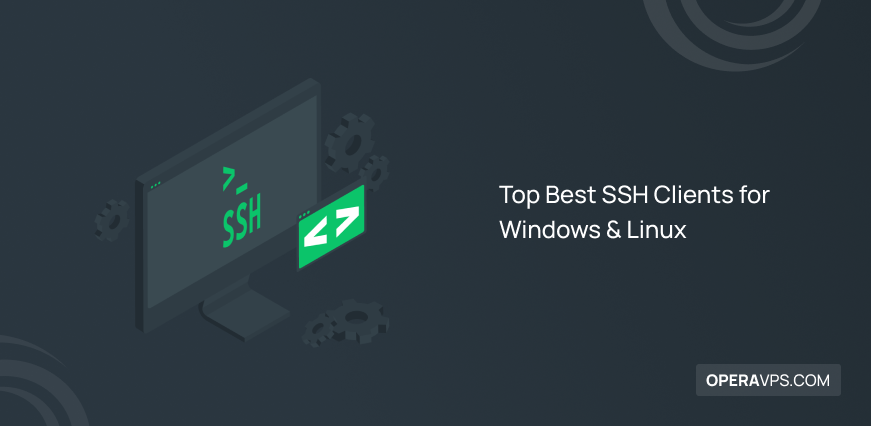
Best SSH Clients for Windows and Linux
Best SSH Clients enable secure remote connections, file transfers, and command execution via SSH protocol. Popular choices include PuTTY, OpenSSH, and MobaXterm for Windows and Linux users. 🤖AI Overview: Best SSH Clients provide encrypted and authenticated remote server access through the SSH protocol. Leading clients such as PuTTY, OpenSSH, and Bitvise support various platforms and […]

Free RDP, Start with 61 days Trial
Good News! Looking for the best deals? You’re in the right place. OperaVPS decided to offer a special deal for RDP services! How does it work? By choosing 12 months Billing cycle you will get an additional 61 days free on your RDP service! also, you can save %20 money! If you’re not 100% satisfied […]
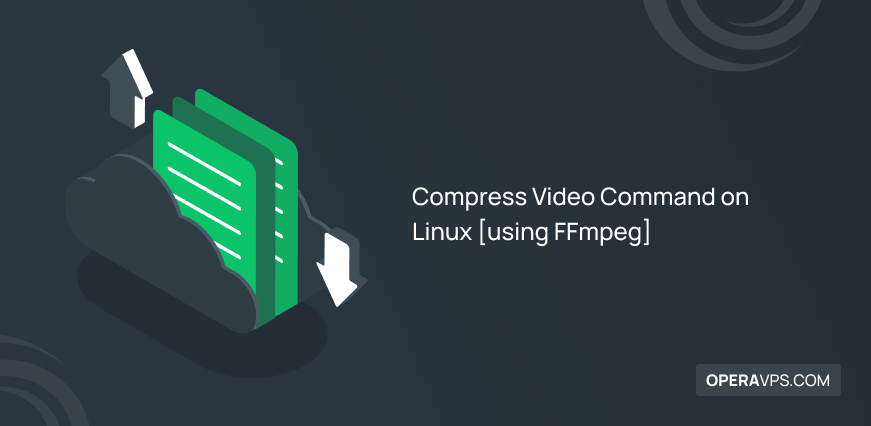
Compress Video Using Command Line on Linux
Use FFmpeg, the compress video command on Linux to efficiently compress video files by adjusting codecs, quality, and resolution. The typical command balances file size and quality for optimized storage and bandwidth. With a command like the below one, you can control file size effectively while balancing video quality, making FFmpeg the go-to solution for […]
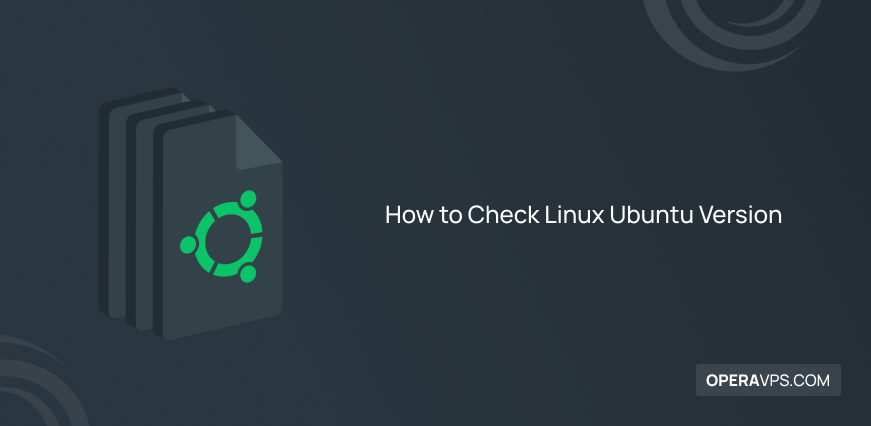
How to Check Your Ubuntu Version Quickly
Ubuntu Version identifies the specific release of the Ubuntu operating system. Checking your Ubuntu version helps maintain system compatibility and access to updates. 🤖AI Overview: Ubuntu Version refers to the specific release of the Ubuntu operating system. Users can verify their Ubuntu version using terminal commands or GUI settings. Knowing the version ensures compatibility with […]
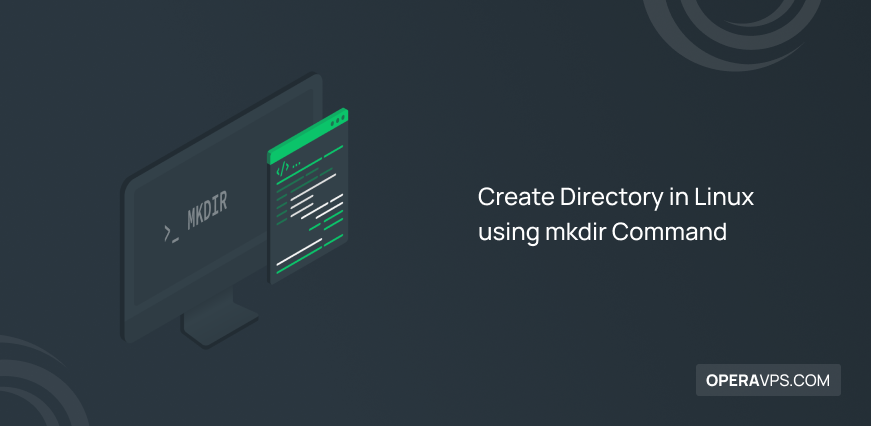
How to Use the mkdir Command in Linux
The mkdir Command creates new directories in Linux, enabling efficient folder organization. It supports multiple options, such as recursive parent directory creation and permission settings, crucial for Linux file system management. 🤖AI Overview: The mkdir Command in Linux is a fundamental tool for creating one or more directories via the command line. It allows specifying […]
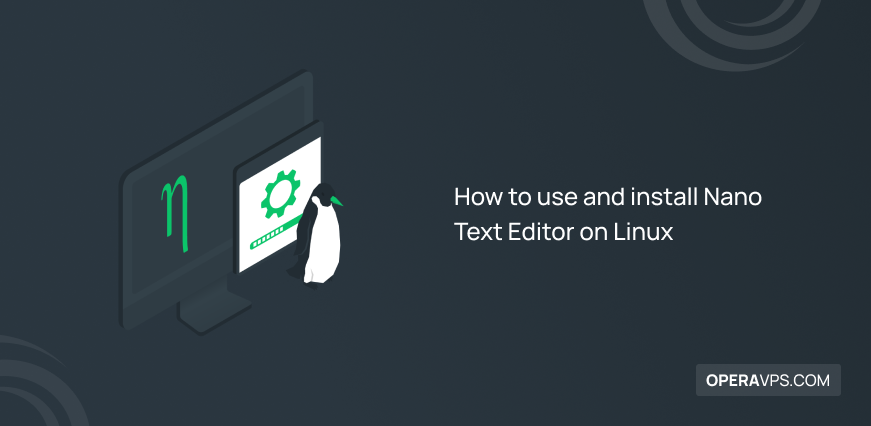
Nano Text Editor Guide for Installation and Use on Linux
Nano Text Editor is a lightweight command-line text editor in Linux, ideal for quick file edits with easy keyboard shortcuts. It supports essential editing features and runs directly in the terminal. 🤖AI Overview: Nano Text Editor is a straightforward and widely used command-line editor on Unix and Linux platforms. It facilitates creating, editing, and saving […]
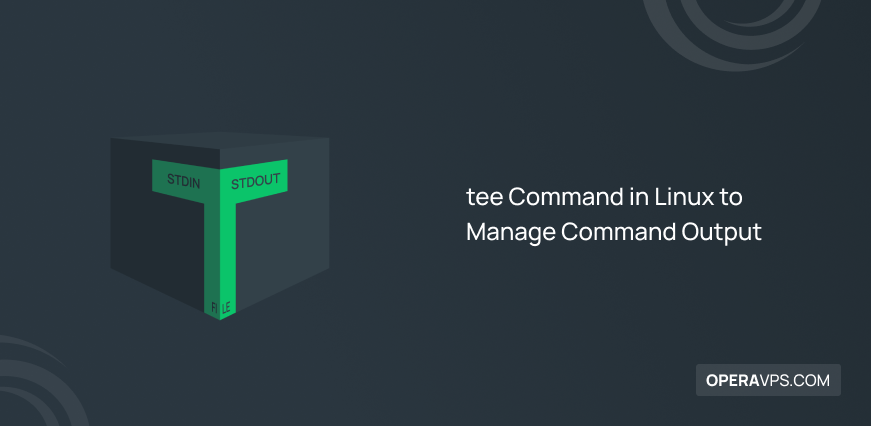
tee Command in Linux for Managing Command Output
The tee command in Linux displays the output of a command on the terminal and saves it simultaneously to one or more files. It is widely used to capture and log command output while allowing real-time viewing, useful for debugging and monitoring. 🤖AI Overview: The tee Command in Linux enables users to view command output […]
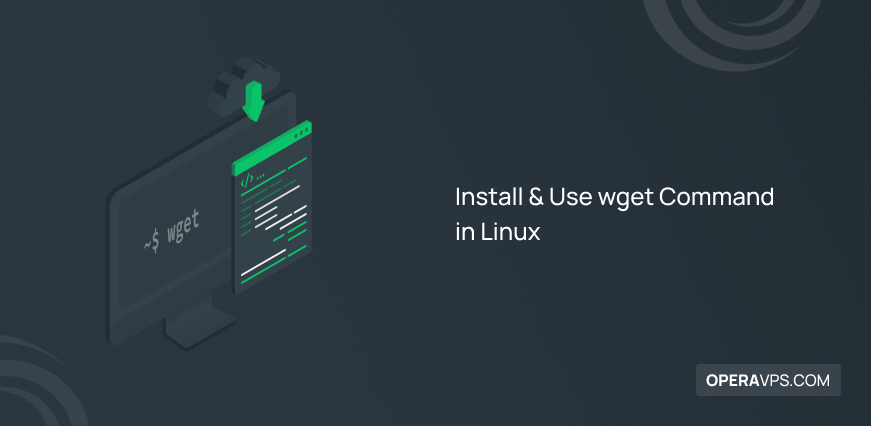
How to Install and Use wget Command in Linux
The wget command in Linux enables efficient downloading of files from the internet using HTTP, HTTPS, and FTP protocols. It supports resuming downloads, background downloading, and website mirroring for comprehensive offline access. 🤖AI Overview: Wget command in Linux is a robust network downloader that supports HTTP, HTTPS, FTP, and SFTP protocols. It operates non-interactively, allowing […]
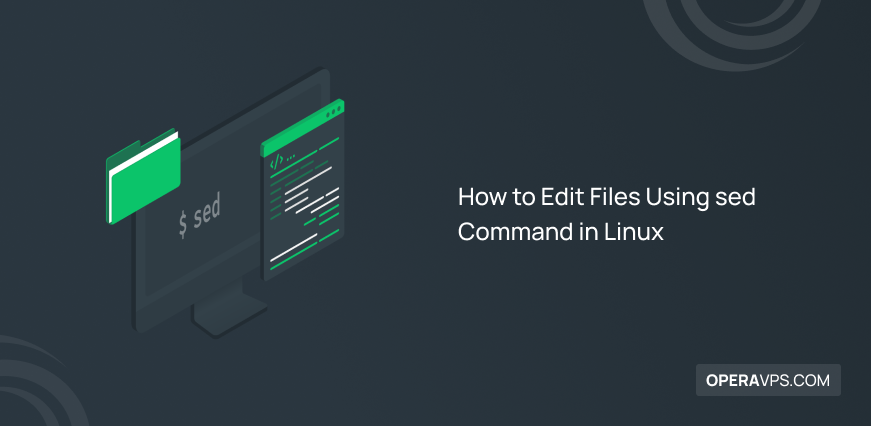
sed Command in Linux for Editing Files
The sed Command in Linux is a powerful stream editor for searching, replacing, inserting, and deleting text directly in files without opening them. It supports regular expressions for advanced pattern matching, enabling efficient text manipulation. 🤖AI Overview: The sed Command in Linux functions as a versatile stream editor that allows users to perform quick and […]
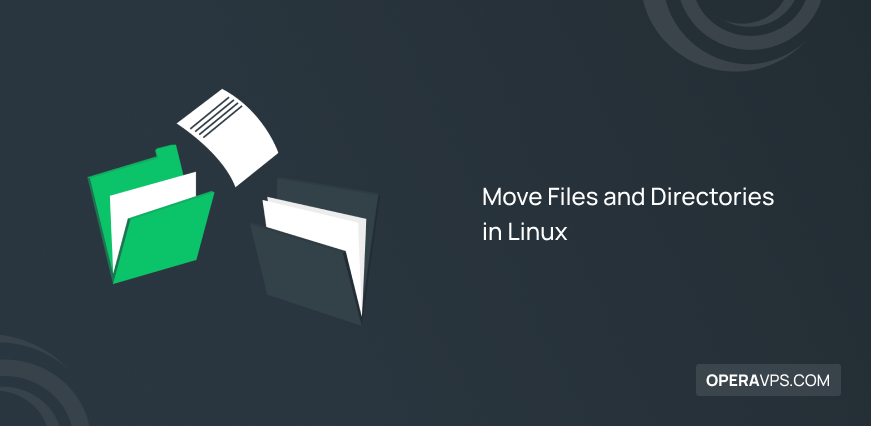
How to Move Files and Directories in Linux
Move Files and Directories in Linux involves using the mv command to relocate or rename files and directories efficiently. This operation updates the file location without duplicating data, optimizing file system organization. 🤖AI Overview: Moving files and directories in Linux is primarily accomplished using the mv command, which shifts items from a source to a […]
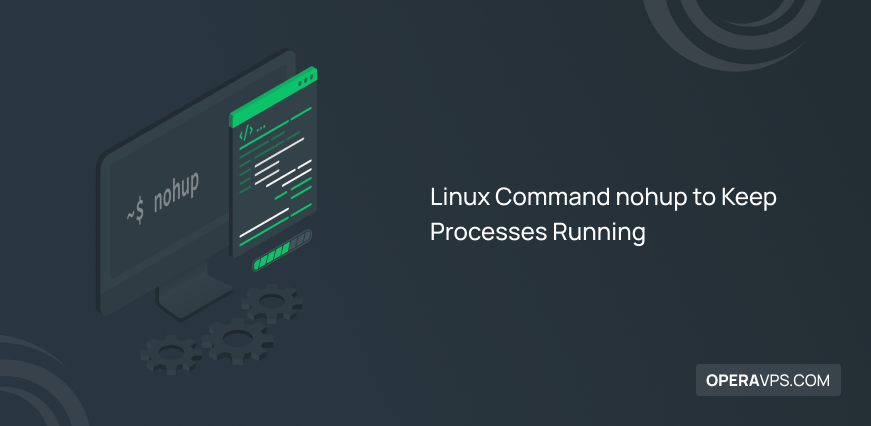
Linux Command nohup Explained for Persistent Processes
Linux Command nohup allows processes to continue running after logout by redirecting output to a file and preventing termination on session end. It is useful for managing long-running tasks independently of user sessions. Linux Command nohup Syntax: nohup command [arg1 arg2 …] [options] 🤖AI Overview: Linux Command nohup enables the execution of processes that persist […]
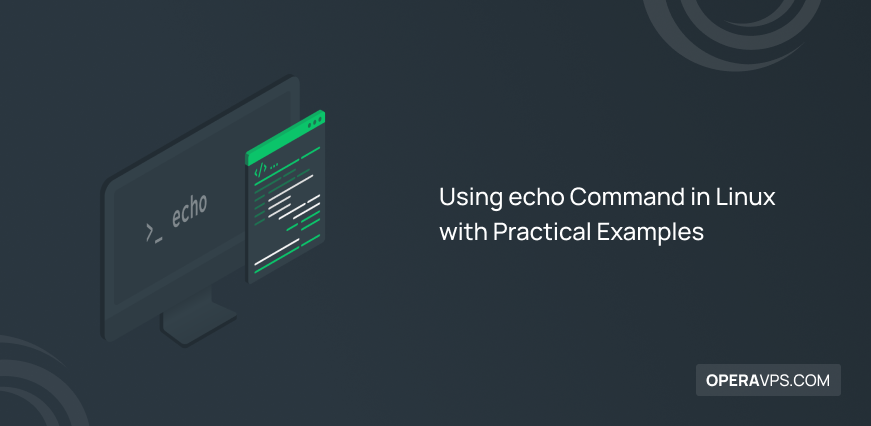
echo Command in Linux with Practical Examples
Echo Command in Linux prints text or variables to standard output and supports formatting with options like escape characters. It is essential for scripting and command line message displays. 🤖AI Overview: The echo Command in Linux is a fundamental utility for displaying text and variable output on terminal screens. It supports formatting options such as […]
